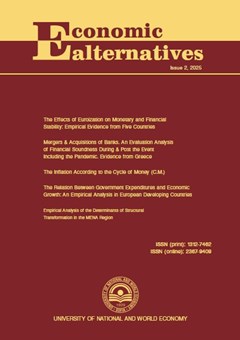The Long-Term Nexus of Population Density, Number of Vehicles, and Local Communities’ Welfare in Indonesia
Authors: Wahyudi Iskandar, Taufik Syahzaeni, Khusaini Khusaini
Abstract
One of the main problems found in developing countries is the improvement of welfare. Many policymakers have attempted to determine the aspects that promote community welfare. Several prior findings are still debatable regarding the relationship between population density, number of vehicles, and community welfare. In addition, studies at the subdistrict level are also rare in Indonesia. This study intends to assess the impacts of density and size of the population on the long-run income of local communities in subdistricts in the Tangerang Municipality. We utilized data from 13 subdistricts during the 2014–2022 period. The FMOLS panel showed that population density is proven to have significant negative impacts on the welfare of local communities in Tangerang Municipality’s subdistricts in the long-term. In addition, an increase in the number of vehicles contributed strongly to the improvement of the local communities’ welfare. In this study, information about population density and the number of vehicles owned by the communities can be used by the Tangerang Municipality Government to develop a policy instrument that promotes local community welfare. The findings have implications that the increasing population density should be controlled, and the flow of urbanization should be reduced. The Tangerang Municipality government should manage the high number of vehicles so that problems that arise on the road can be reduced.

